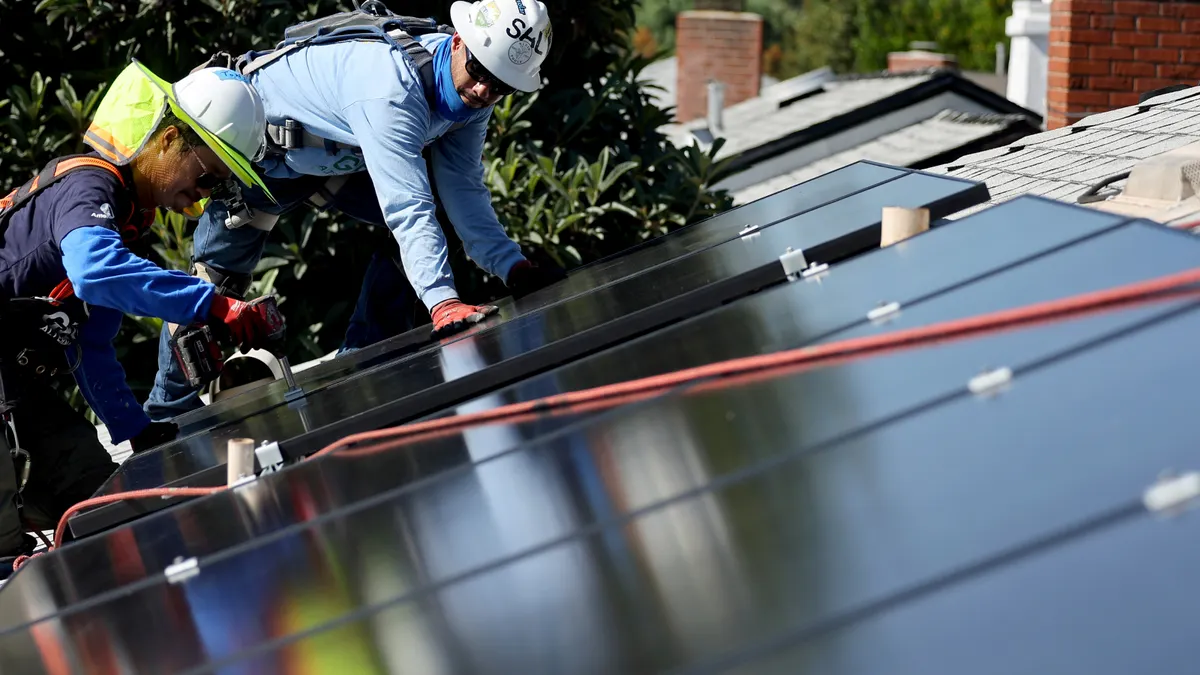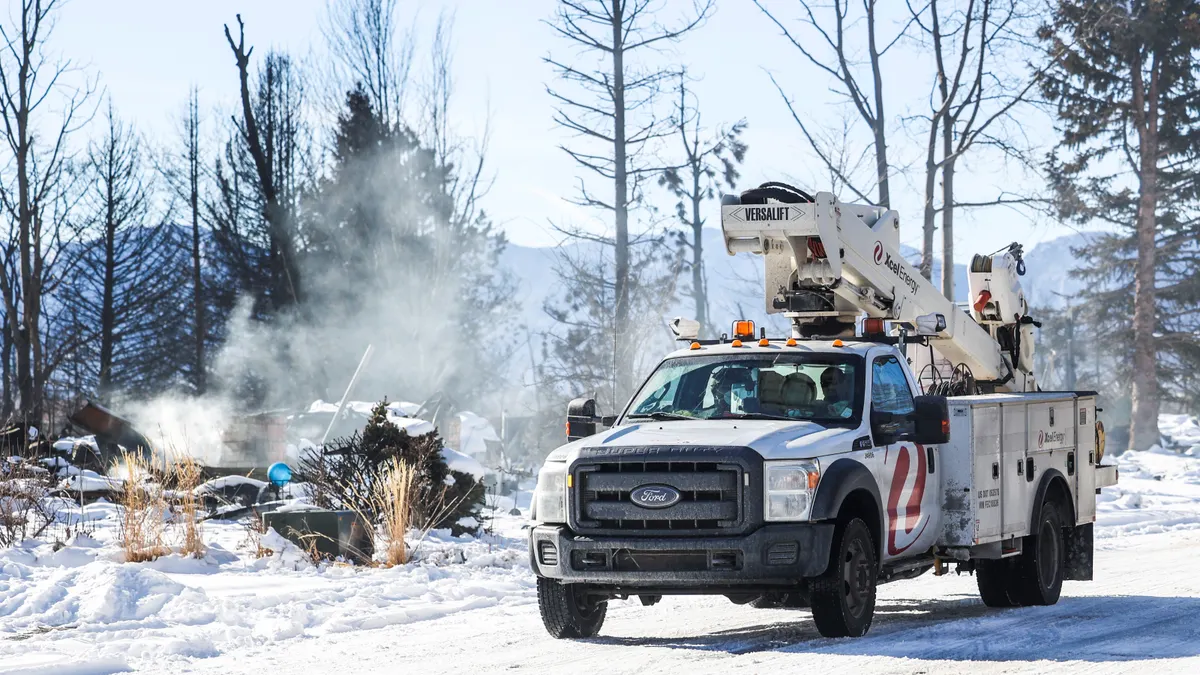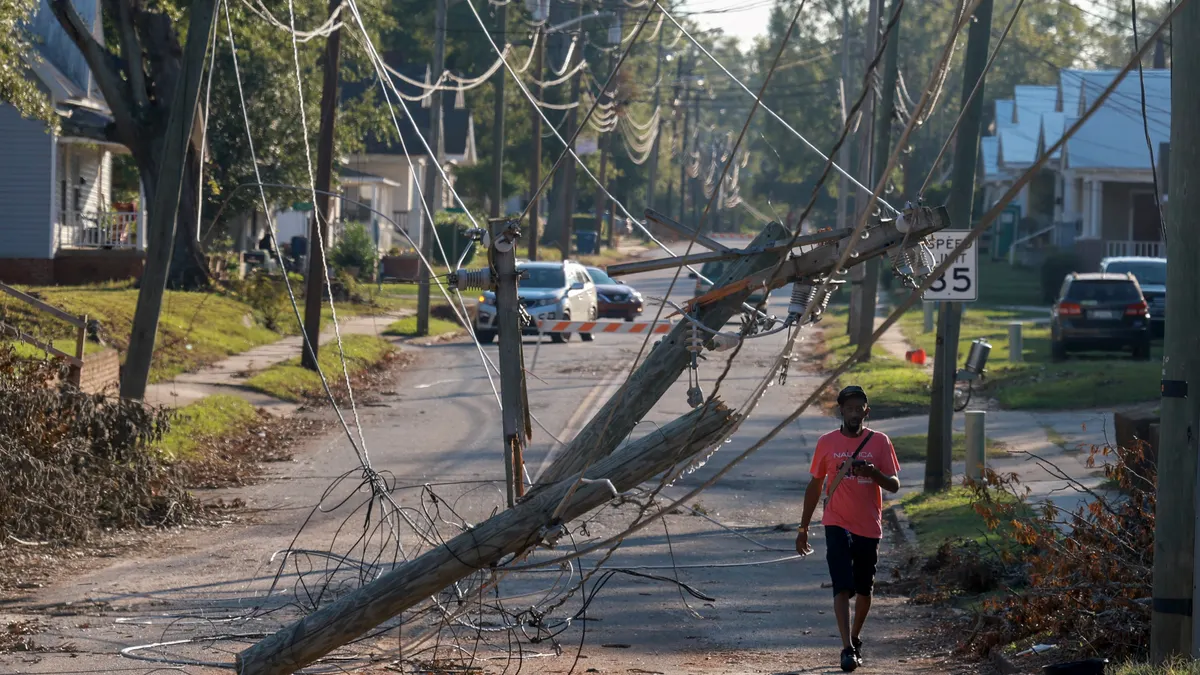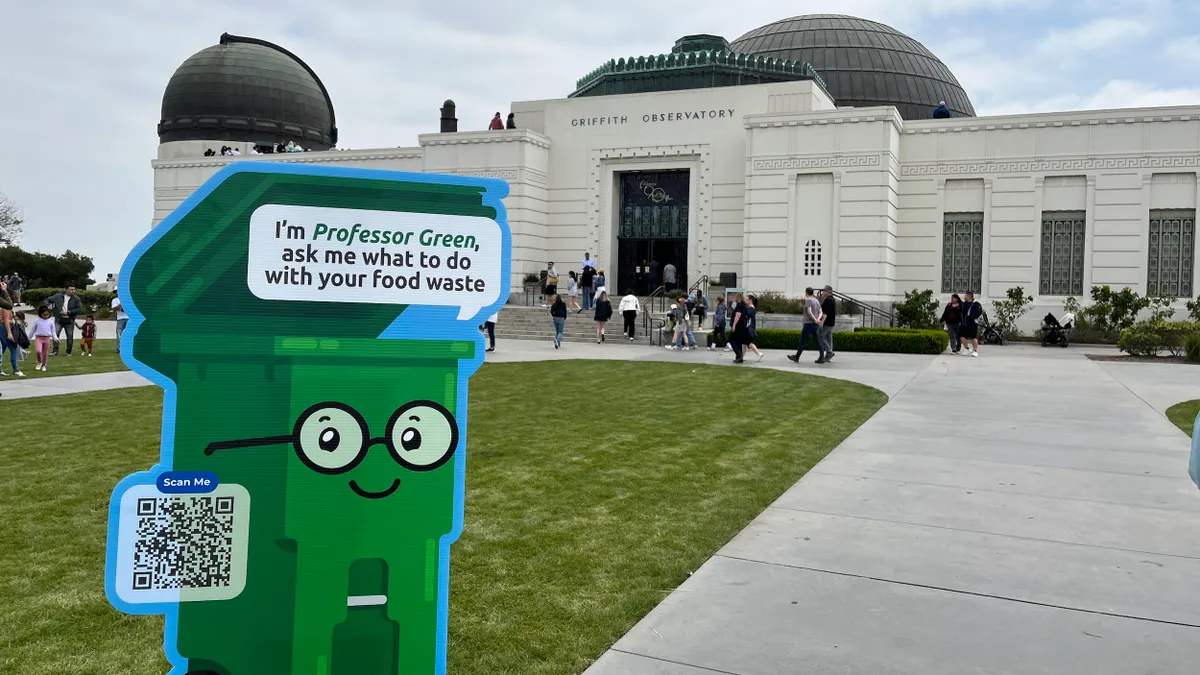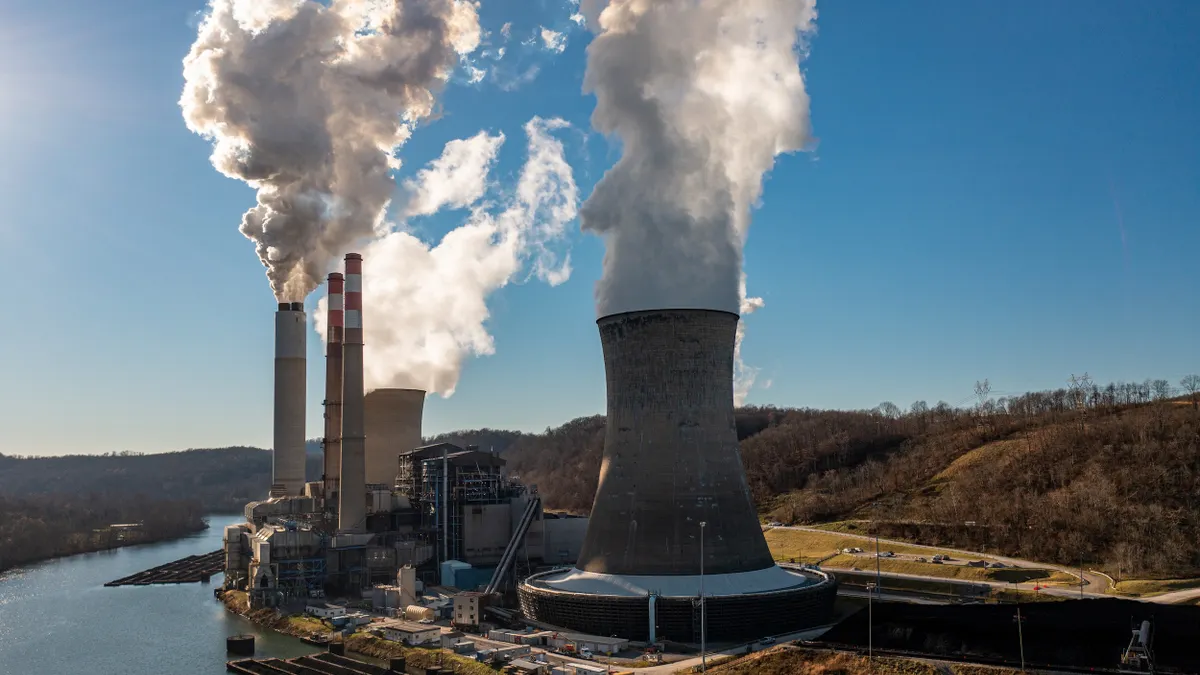The following is a Viewpoint by Sasha Friedman, lead product manager at Metal Toad.
Back in 2009, Kansas City Power & Light (KCP&L) began installing smart grid demonstration projects in order to investigate the impact of the technology. The first centered on an aging distribution substation and became the Green Impact Zone SmartGrid Demonstration.
Among other gains, the project decreased KCP&L's System Average Interruption Duration Index (SAIDI) by 35% and reduced the number of minutes KCP&L customers were out of power per year from 403.3 minutes to 262.1. This project included new monitoring and communication equipment, battery, solar, peak load control, voltage control, circuit islanding hardware, and an automated meter reading system.
KCP&L was able to leverage a reality about the modern U.S. economy to benefit its community: Our economy is growing increasingly digital and more dependent on data creation and transfer. As a result, both consumer spending and company productivity are more reliant on the electrical grid.
By reducing electricity downtime, KCP&L’s customers were enabled to contribute to the economy. Each hour worked in the U.S. adds $68.30 to the U.S. GDP. Assuming these prevented outages happened during business hours, these 13,427 customers had an additional 141.2 minutes of electricity, which equates to $2,158,157.51 added to the GDP each year.
A new commerce paradigm
The U.S. power grid was originally created to serve a fundamentally different commerce paradigm, where a localized power outage did not create a disruption to commerce that potentially spanned the nation or even the globe. The rise of renewable power and electric vehicles and the increasing severity of weather events are converging to put more stresses on our grid. Now even the smallest power outage creates large financial impacts on both businesses and individuals.
For most Americans, the ability to work is tied to having access to technology, be it a credit card reader, a smartphone or a computer, and therefore electricity. In order to thrive in this new era, our federal and state governments and utilities must rethink how energy is distributed and managed and put special emphasis on improving system uptime. They must start investing in smart grids that can meet today’s demands or risk falling behind global competitors such as Europe and China, whose policies are better aligned to smart grid adoption as it applies to electrification, economic and sustainability goals.
In 2016, the average American electricity user suffered more than four hours without power due to outages, which resulted in an impact to the GDP of $41.3 billon, assuming this impacted work hours and 151 million employed workers. Each year, from 2003 to 2012, weather-related power outages caused between $18 billion and $33 billion worth of non-infrastructure damages (such as loss of working hours and food spoilage) to commerce in the U.S. The length of these outages is increasing due to major weather events and aging and strained infrastructure, as tracked by SAIDI.
To successfully mitigate the challenges created by the impact of electrical outages on modern commerce, state governments and utilities should invest in a series of smart grids, powered by internet of things (IoT), that can scale as needed. This would allow utilities to respond to shifts in demand and outages through automated means, reducing the quantity and duration of power outages and ultimately enabling greater community resilience during natural disasters.
Smart grid transformation
To transform the electrical grid into a smart grid, utilities should focus on adding two new functions to grid equipment at an individual piece of equipment level: communication and automation, both of which are enabled by IoT technology.
On the communication front, junctions and transformers can relay their statuses to utilities, dramatically decreasing the amount of time needed to search for and fix problems. On the automation side, switchgear can isolate downed equipment almost instantaneously, limiting the scope and spread of outages, whether from a blown transformer, a vehicle accident or a hurricane. Investments in smart grids should start where commerce and electricity are the most interconnected, which is often in city or town cores, and spread from there.
A handful of states have already started making smart grid investments with great success. After Hurricane Wilma in 2005, utilities in Florida invested heavily in smart grids and concrete power poles. This dramatically increased the speed of power restoration after Hurricane Irma in 2017, despite having 67% of customers impacted by outages, compared to 38% for Hurricane Wilma.
Without a transformation, the negative impacts of modern-day demands on the grid, and therefore negative impacts on commerce, will only continue to grow. As KCP&L demonstrated, aging infrastructure is a prime target for rolling out smart grids, and focusing on both critical supply backbones and areas that are due for maintenance creates not just an impact on system uptime rates but also on commerce.
Smart grid investments, especially those focusing on improving uptime in commercial zones, represents an opportunity for the electrical grid to play a key role in the future-proofing of commerce and a chance for every region in the U.S. to see positive trends in resiliency, like Florida did after Hurricane Wilma. By starting the evolution toward an IoT-powered electric grid now, utilities can provide a foundation that supports commerce for years to come.









